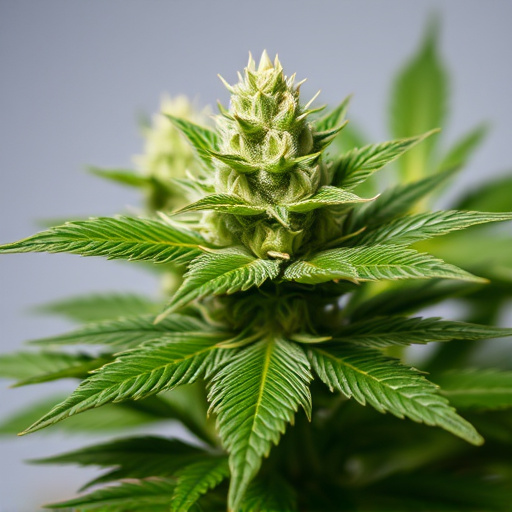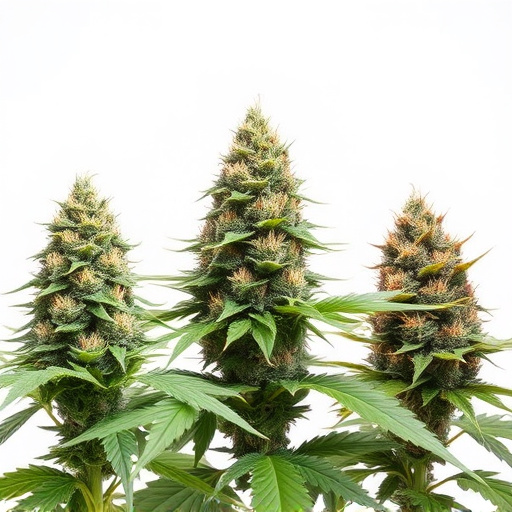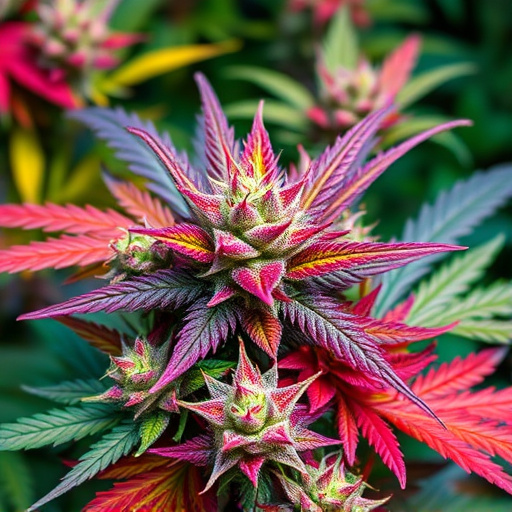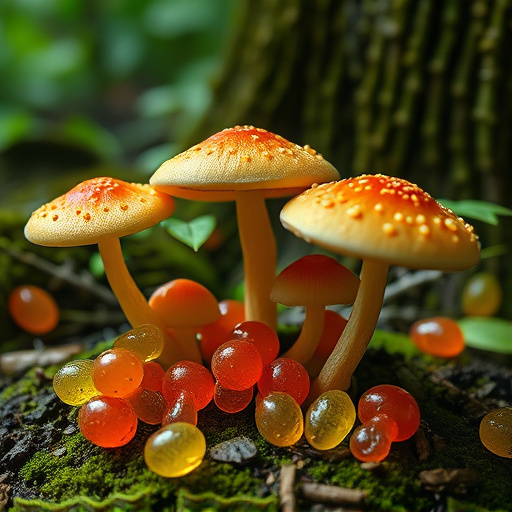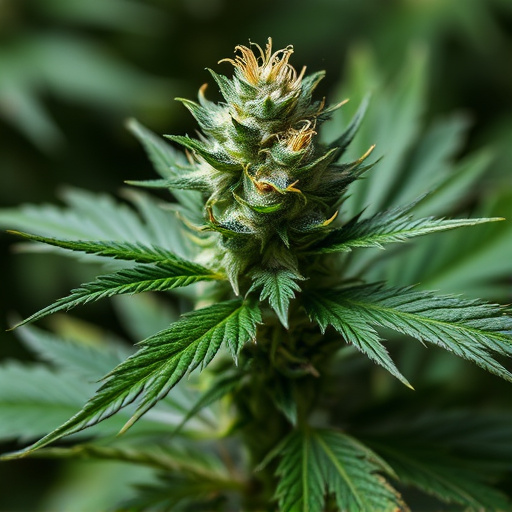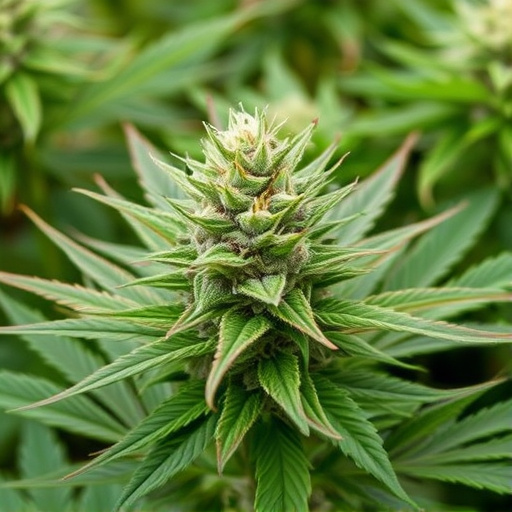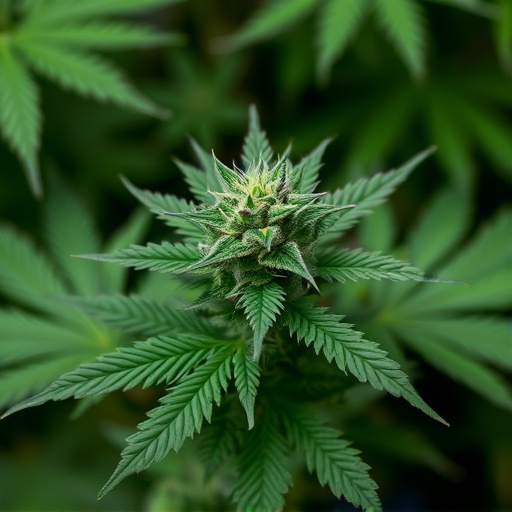Cannabis strains' unique scents and flavors, driven by terpenes and aromatic compounds, are key to their biology and interaction with users. These volatile organic compounds attract pollinators, act as a defense mechanism, and modulate cannabinoids like THC and CBD, significantly influencing therapeutic effects. Genetic variations in terpene profiles and cannabinoid concentrations create diverse cannabis strains with varying aromas and effects, allowing enthusiasts and medical patients to select strains aligned with their preferences. Optimal growing conditions enhance terpene production, affecting scent, plant health, yield, potency, and user experiences related to cannabis strains and effects.
Cannabis flowers are renowned for their distinct, potent aromas, which have captivated users for centuries. This article delves into the intricate world of cannabis scent, exploring the scientific reasons behind its strength. We’ll examine the crucial role of terpenes and aromatic compounds in shaping the unique profiles of different cannabis strains. Additionally, we’ll uncover how genetic variations and environmental factors contribute to the diverse scents and effects experienced by consumers.
- The Role of Terpenes and Aromatic Compounds in Cannabis Flowers
- Genetic Variations Leading to Different Aromas Across Cannabis Strains
- How Environmental Factors Impact the Strength of Cannabis Scent
The Role of Terpenes and Aromatic Compounds in Cannabis Flowers
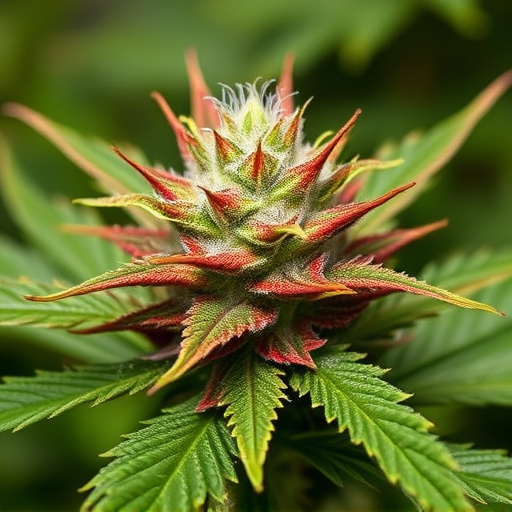
The distinctive smell of cannabis flowers is not just an olfactory treat; it’s a complex interplay of terpenes and aromatic compounds, which play a crucial role in both the plant’s biology and its effects on users. Terpenes, a diverse group of volatile organic compounds, are responsible for the unique scents and flavors found in various plants, including cannabis. Each terpene contributes to the overall aroma profile, creating distinct characterizations that can vary between different cannabis strains. For instance, myrcene is often associated with earthy, musky notes, while limonene provides a refreshing citrusy scent.
These aromatic compounds not only attract pollinators but also serve as a defense mechanism against potential threats. They interact with the human olfactory system, enhancing the overall sensory experience of smoking or consuming cannabis. Moreover, terpenes are believed to influence the therapeutic effects of cannabis, as they can modulate the activity of cannabinoids (like THC and CBD) in the body, potentially amplifying or altering their perceived effects on users, adding another layer of complexity to the already intriguing world of cannabis strains and their diverse impacts.
Genetic Variations Leading to Different Aromas Across Cannabis Strains
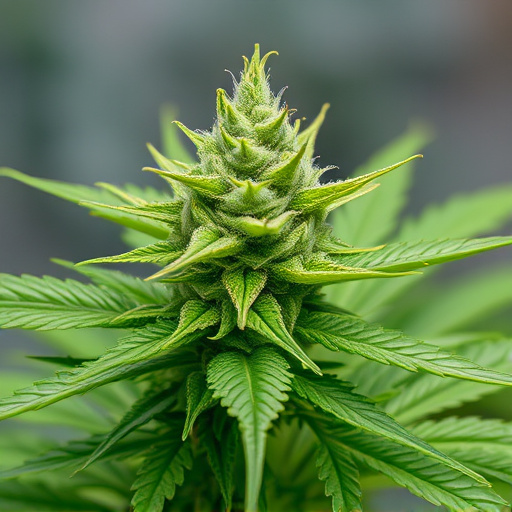
Cannabis plants, like many others, have evolved diverse genetic variations that contribute to their unique aromas. These genetic differences are what set apart various cannabis strains and lead to a vast array of scents and flavors. Each strain possesses its own distinct chemical composition, primarily due to variations in terpene profiles and cannabinoid concentrations. Terpenes, organic compounds responsible for the characteristic odors in many plants, play a significant role in the aromatic diversity of cannabis. From citrusy notes to earthy tones and floral hints, these volatile molecules interact with cannabinoids like THC and CBD, creating complex scents that can vary widely between strains.
The impact of genetic variations on cannabis strains goes beyond aroma. Different terpene profiles are linked to varying effects on users. For instance, myrcene, a common terpene, is known for its sedative properties, while limonene is associated with uplifting and energizing effects. Understanding these genetic differences not only enhances our appreciation for the diverse aromas but also allows cannabis enthusiasts and medical patients to choose strains that align with their desired effects.
How Environmental Factors Impact the Strength of Cannabis Scent
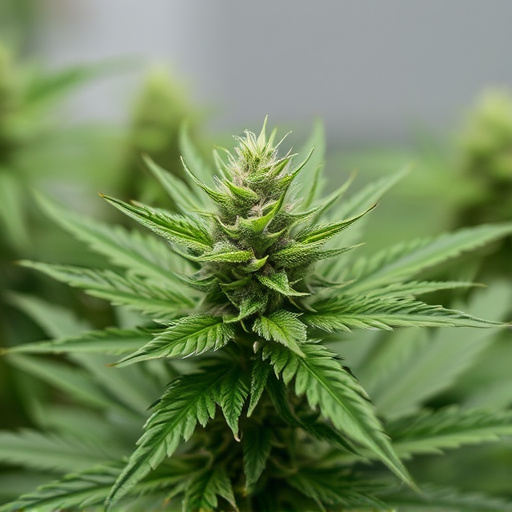
The smell of cannabis flowers is a complex interplay between natural compounds and environmental influences. One key factor is the growing conditions, which can significantly impact the concentration and variety of terpenes present in the plant. Terpenes are aromatic compounds that not only give cannabis its distinctive scent but also contribute to its potential therapeutic effects. For instance, certain strains known for their strong aromas often have higher levels of myrcene, a terpene linked to sedative and anti-inflammatory properties.
Environmental factors like temperature, humidity, and soil composition play a crucial role in terpene production. Optimal growing conditions encourage the synthesis of diverse terpenes, resulting in cannabis flowers with more complex and intense scents. Additionally, these environmental variables can affect the overall health and yield of the plant, indirectly influencing the potency and effectiveness of various cannabis strains and their associated effects on users.
The distinctive and often powerful aroma of cannabis flowers is a result of a complex interplay between terpenes, aromatic compounds, genetic diversity, and environmental influences. Terpenes, known for their diverse scents, contribute significantly to the unique profiles of different cannabis strains and their associated effects. Environmental conditions, such as temperature and humidity, also play a crucial role in shaping the strength and intensity of these aromas. Understanding these factors not only enhances our appreciation of cannabis’ sensory profile but also provides valuable insights into the cultivation and selection of specific strains for desired attributes.
